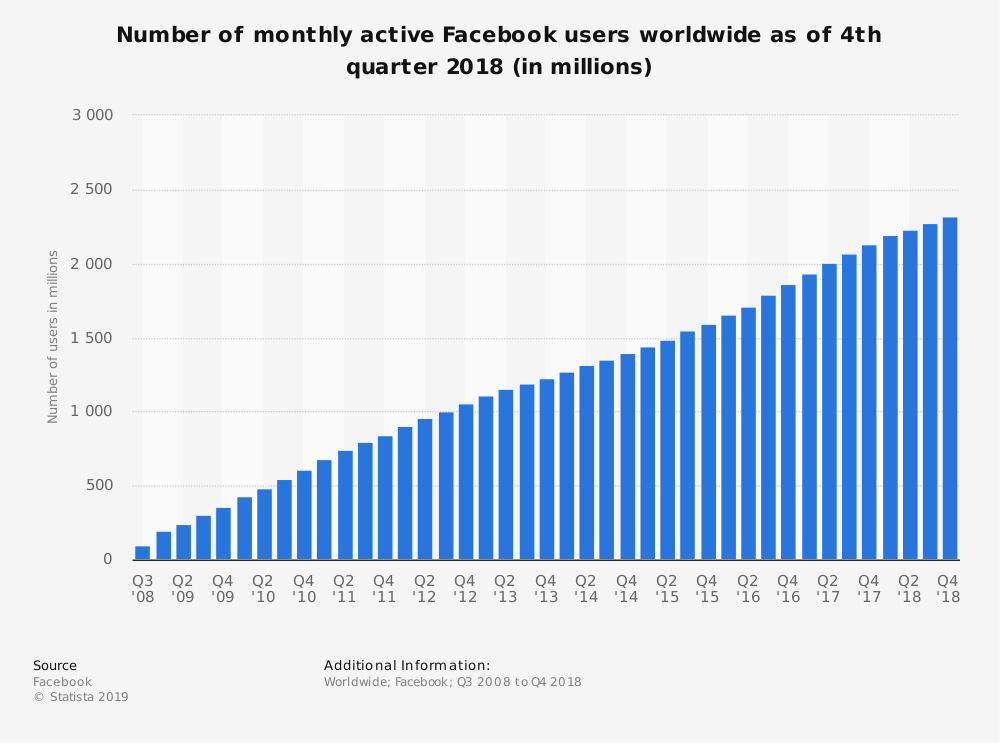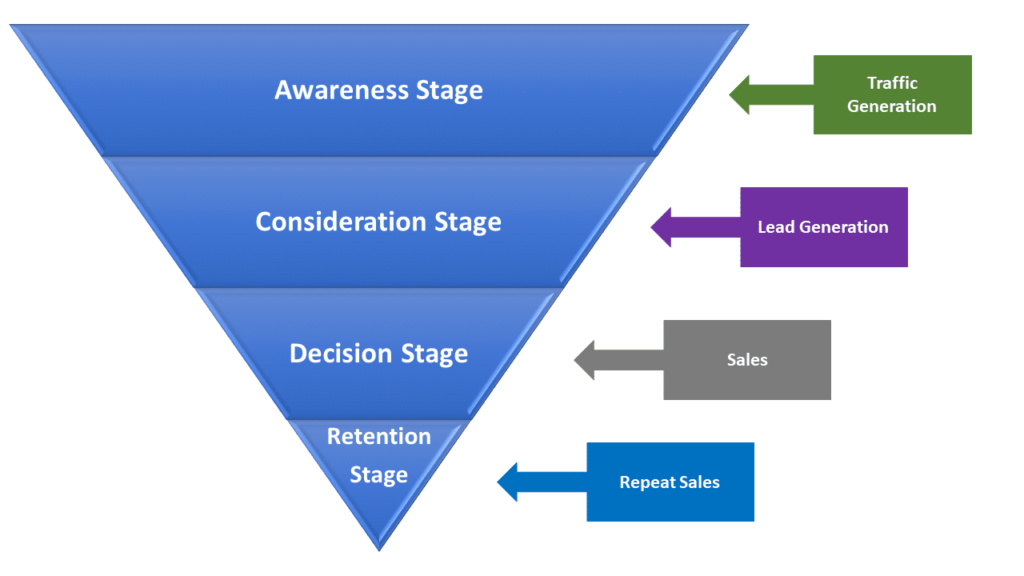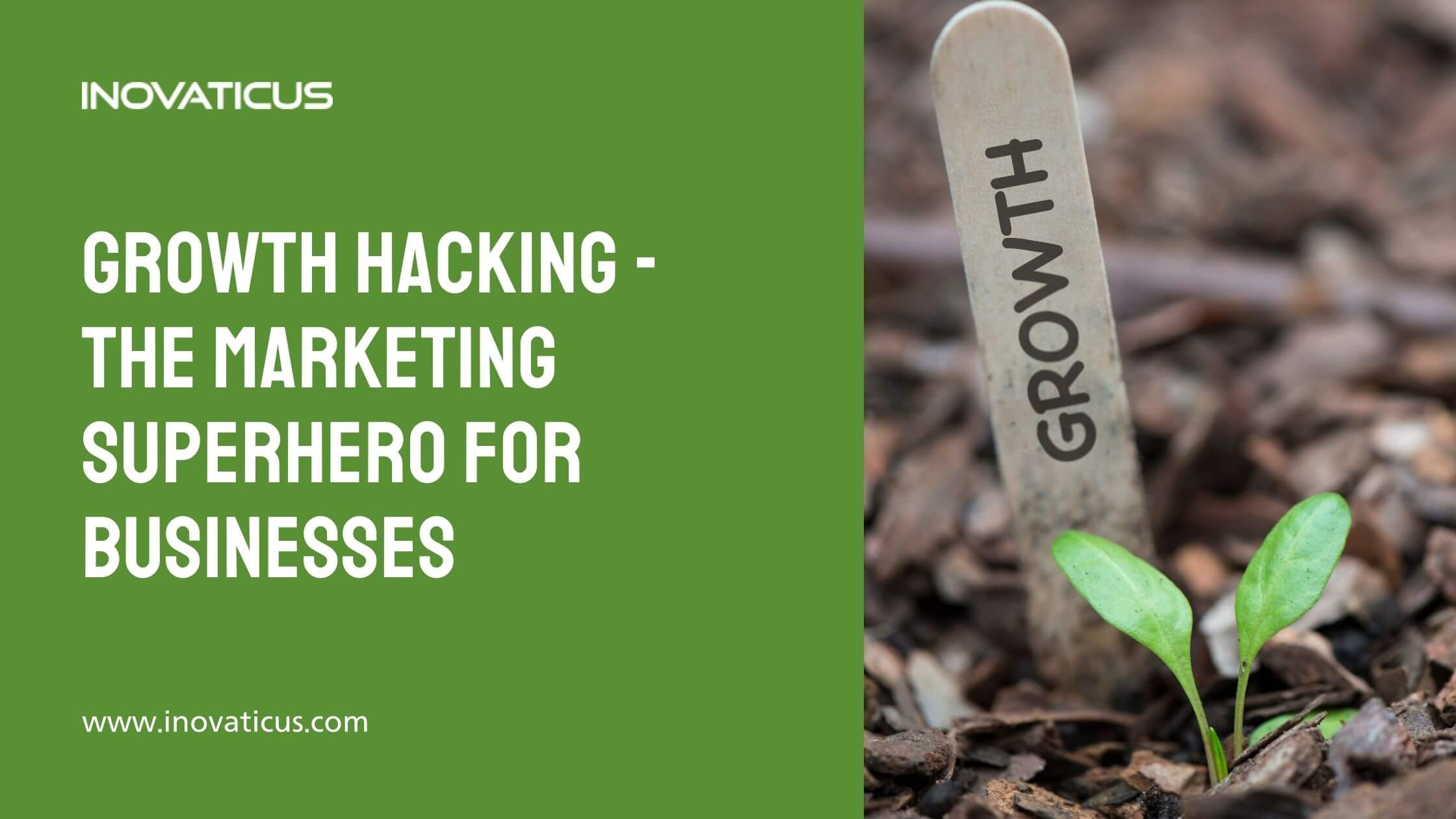If you have been reading about digital marketing, then you must have heard about Growth Hacking quite often in recent times. Growth Hacking has become increasingly popular in recent times and companies that are serious about growing fast have already started adopting it for their businesses.
Some big brands like Facebook, Airbnb, Udemy and Dropbox have already used it to grow their businesses to astronomical levels, and you can too!

In this article, we will tell you why you need to know about Growth Hacking, how it works and how you can leverage the power of Growth Hacking to your benefit.
Table of Contents
What is Growth Hacking Strategy?
While Digital marketing has already become a way of life for most businesses that aspire to grow their businesses online, as a marketing strategy Growth Hacking is just about a decade old.
Sean Ellis first coined the term Growth Hacking in 2010 and since then it has become quite a strong trend.
Growth hacking is a process of rapid experimenting across marketing funnel, product development, sales segments, and other areas of the business to identify the most efficient ways to grow a business. A growth hacking team is made up of marketers, developers, engineers and product managers that specifically focus on building and engaging the user base of a business
– Wikipedia
Growth Hacking takes digital marketing a step forward by implementing various strategies that are focused on giving your business superlative growth. These strategies can range from very simple to highly advanced ones. However, they all work towards achieving one common goal: to take your business to the next level by increasing traffic, customer engagement and sales by leaps and bounds at the minimum additional cost possible.
The key to Growth Hacking involves making small changes that bring about a big impact on business. All these changes aim to make the business leaner, stronger and more revenue-focused.
Who Is A Growth Hacker?
The person who implements Growth Hacking Strategies is called a Growth Hacker.
A Growth Hacker needs to have advanced-level knowledge of marketing and an eye for real extracting meaningful insights from data. They also need to have a fair understanding of human psychology, since they have to understand what the customers want, and how to retain them.
The Growth Hacker creates innovative strategies that enable businesses to grow fast at a low cost.
How Does A Growth Hacking Strategy Work?
The backbones of a Growth Hacking Strategy are the following:
- Analysis of the business
- Mapping the entire Buyer’s Journey
- Developing a Conversion Funnel
- Product Optimization
- Data Analytics
- Continuous testing and Optimization
Let us now understand each of these, one by one:
1. Analysis Of The Business
A Growth Hacker starts by getting a clear understanding of the business and how it has been functioning until now. This will include an analysis of the products that the company sells, customer acquisition strategy, offline and online marketing techniques and customer support.
They will also look at every customer touchpoint of the company. This helps them to assess the responsiveness of the sales and customer support executives, and assess how complaints can be resolved faster.
The Growth Hacker may get in touch with the management, employees, customers and other stakeholders to understand the business better and find out the scope for optimization in the business processes. This results in the company becoming more customer-centric and responsive. When this is done in the right way, the customers love it and the business skyrockets.
2. Mapping The Buyer’s Journey
A thorough analysis of the Buyer’s Journey enables the Growth Hackers to focus their efforts on the right set of target customers. Instead of targeting every group of customers, they focus on a few and try to personalize the experience that the customers get while interacting with the company.
This is done by making constant changes to the website, social media channels and every other touchpoint. With the customer, Content marketing and marketing automation also play a big role in this effort.
A Growth Hacker needs to have a good understanding of human psychology to understand the Buyer’s Journey clearly and for developing the conversion Funnel for the company.
3. Developing A Revenue-Oriented Conversion Funnel
This is an extremely important part of the overall growth hacking strategy from the perspective of driving growth in revenue. Having a robust conversion Funnel will enable the do business to do the following:
- Attract customers
- Generate Leads
- Convert the leads into sales

Search Engine Optimization, social media marketing content marketing, email marketing and various other digital marketing strategies can be used for attracting and driving customers through the Sales Funnel. A Growth Hacker will look at all of these and make continuous optimizations to each strategy to ensure that the maximum number of customers complete their Buyer’s Journey through the Funnel and become loyal customers for the business.
4. Product Optimization
Make sure you create a product people actually want
Neil Patel
Another major area of focus for every Growth Hacker is product optimisation.
Many companies make the mistake of developing and selling products because they like them and not because the customers like them. This invariably leads to a disaster and the customers simply reject the products.
On the other hand, if they make a product which everyone wants, then there is infinite scope for improving the products further to adapt them to the changing tastes and preferences of the customers.
Growth Hackers commonly interact with customers and conduct surveys and feedback to understand how they can improve the products of the company. These interactions help them to understand how the products fulfil the needs of the customers or solve their problems. This helps in improving the products to align them with the needs of the customers and often ideas for new products are generated from these interactions as well.
5. Data Analytics
Data is the foundation for every Growth Hacking strategy and no Growth Hacker can work without looking at the key metrics that can help the company to scale up its business. He needs to reduce the element of guesswork to the extent possible and take meaningful and actionable decisions based on the data available.
Some examples of the data that they analyze include:
- The sources/medium from which traffic is coming to the business
- How well the customers are engaging with the website, social media accounts, etc.
- The conversions being received from each digital marketing strategy and campaigns
- Cost per lead
- Return on Investment, etc.
Analyzing these data points daily will help them to understand which marketing channels and campaigns are producing better results so that they can discontinue the ones that are performing poorly.
The ultimate goal is to avoid wastage of money and maximize the number of leads and online sales.
6. Continuous Testing And Optimization
As mentioned earlier Growth Hackers rarely arrive at important decisions based on gut feelings. They rely more on facts and data (as mentioned earlier).
Let us understand this better with an example.
Suppose a company is thinking of improving its conversion rates and reducing the Cost Per Lead of a Google ads campaign that it has been running.
A great way to achieve this is to improve the landing page that the customers reach when they click on the ads. If the landing page can be made more attractive and its value proposition can be improved, then the customers will be more interested in filling up the lead forms. This will result in better lead generation rates and conversions are also likely to go up.
While most marketers will go ahead and make the changes that they think are necessary, a Growth Hacker will create multiple versions of the landing page and do a Split Testing among the customers.
After running this Split Test for some time, they will analyze the data and then retain the landing page that has performed the best.
Similar types of Optimization tests are continuously carried out by a Growth Hacker to bring about small but significant changes to every aspect of the marketing process. The sum of these changes will bring in a big leap in revenues. This will enable the company to achieve superlative growth within a short period.
How We Can Help You
Hope you have got an understanding of the Growth Hacking Strategy by now. While some of these techniques may sound to be quite simple, you have to remember that Growth Hacking requires special expertise and a lot of effort to be done in the right way.
We have included Growth Hacking Strategy in our Inbound Marketing services. If you want us to implement a full-scale Growth Hacking Strategy for your business, then feel free to speak to our experts to understand how we can help.
Post your comments below to let us know whether you have started implementing Growth Hacking for your company already. Have you already tasted any success or are there any challenges that you would want to discuss with us?
Let us know and we will be happy to connect with you.




Leave a Reply